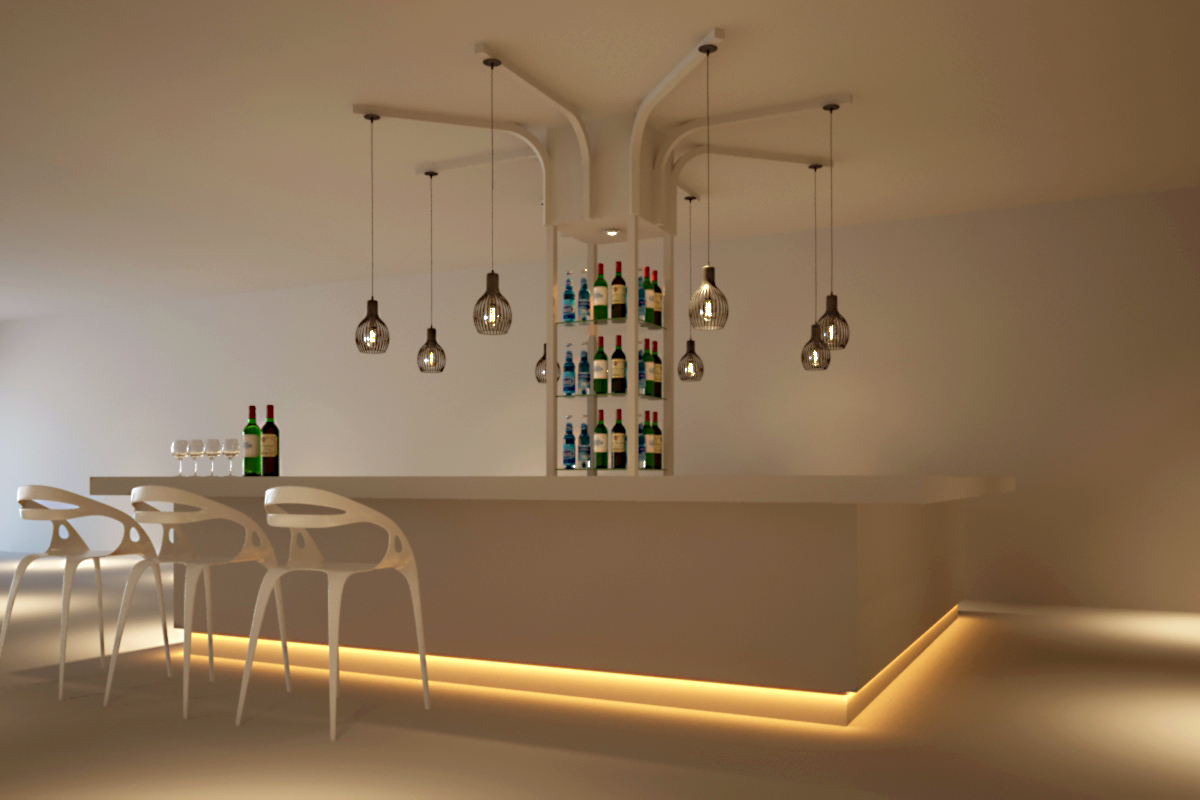
Light and Lighting- the most important consideration in every design space.
Lighting, both natural and artificial is the single most important thing to consider in the design process, for both function and aesthetic reasons. Lighting will have a huge effect on any space. Get it wrong, and it will not matter how beautiful the rest of your design work is.
Exactly how much natural light is available in a space affects every choice you make within it. Evaluating light levels and quality is a significant planning issue for architects and designers. Not only do these decisions play an important role on how the level of light is incorporated into a space, but also impacts the level of heat, shadows and choices of material finishes for both exterior and interior spaces.
The perception of colour is also affected by light. In the morning the light might be clear white, progressing to gold or red in the afternoon. Warm and cool lighting also dictates the degree of warmth perceived within a space. Today’s society relies heavily on the use of artificial lighting of various intensities and colours. Artificial lighting has no constraints, but needs to be used correctly to avoid what’s know as ‘hot spots’. These are the burning spots of light that glare into the viewers retina, similar to looking at the sun. Often, these ‘hot spots’ can be caused by halogen lights placed in the wrong position within a space, and are in many cases over used. For example, filling the ceiling with rows of halogen downlights that are focused to the ground, and are not interrupted by any other lighting choice e.g. pendant/s, fans or a skylight. This is often seen in many retail spaces and is a poor design choice.
In a flawlessly lit space, you never see the light source, even if the lighting fixture itself is an object of beauty. In a properly lit room what you see is walls or ceilings washed in a glow of light. Experiment with the possibilities, it can be directed, shaded, reflected, hooded or frosted, there are simply so many options, that’s why getting an interior designer who knows how to do this correctly can save you a lot of money, time and effort, and potentially a lot of heartache.
An example of one my bar designs showcases a ‘tree of lights’ centered within the bar, which is itself illuminated by hidden lighting along the base. The position of the lighting in this design allows light to reflect on the ceiling, walls and floor, adding a warm glow to the space without drawing attention to the light source itself.
Image: Copyright © Kristina Martin, Kristina Interiors
